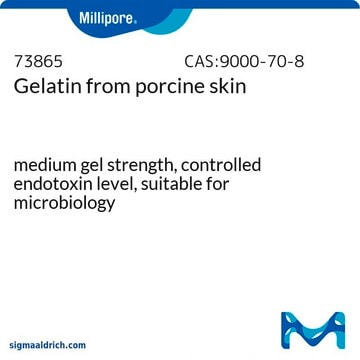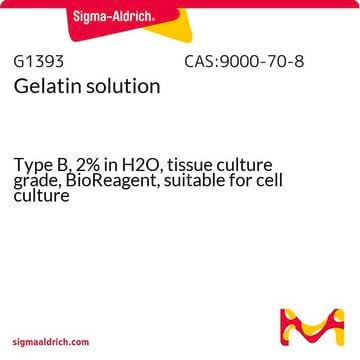The Bloom values for low, medium, and high gel strength gelatin products are: 30 being the softest and 325 being the stiffest.
Low bloom: 30–125
Medium bloom: 125–225
High bloom: 225–325
Here is the link for the specification sheet of the product, catalog # 48722 - https://www.sigmaaldrich.com/US/en/specification-sheet/SIAL/48722
It mentions the bloom value on the specification sheet as 165 - 195 G BLOOM. Gelatin from porcine skin medium gel strength, suitable for microbiology










